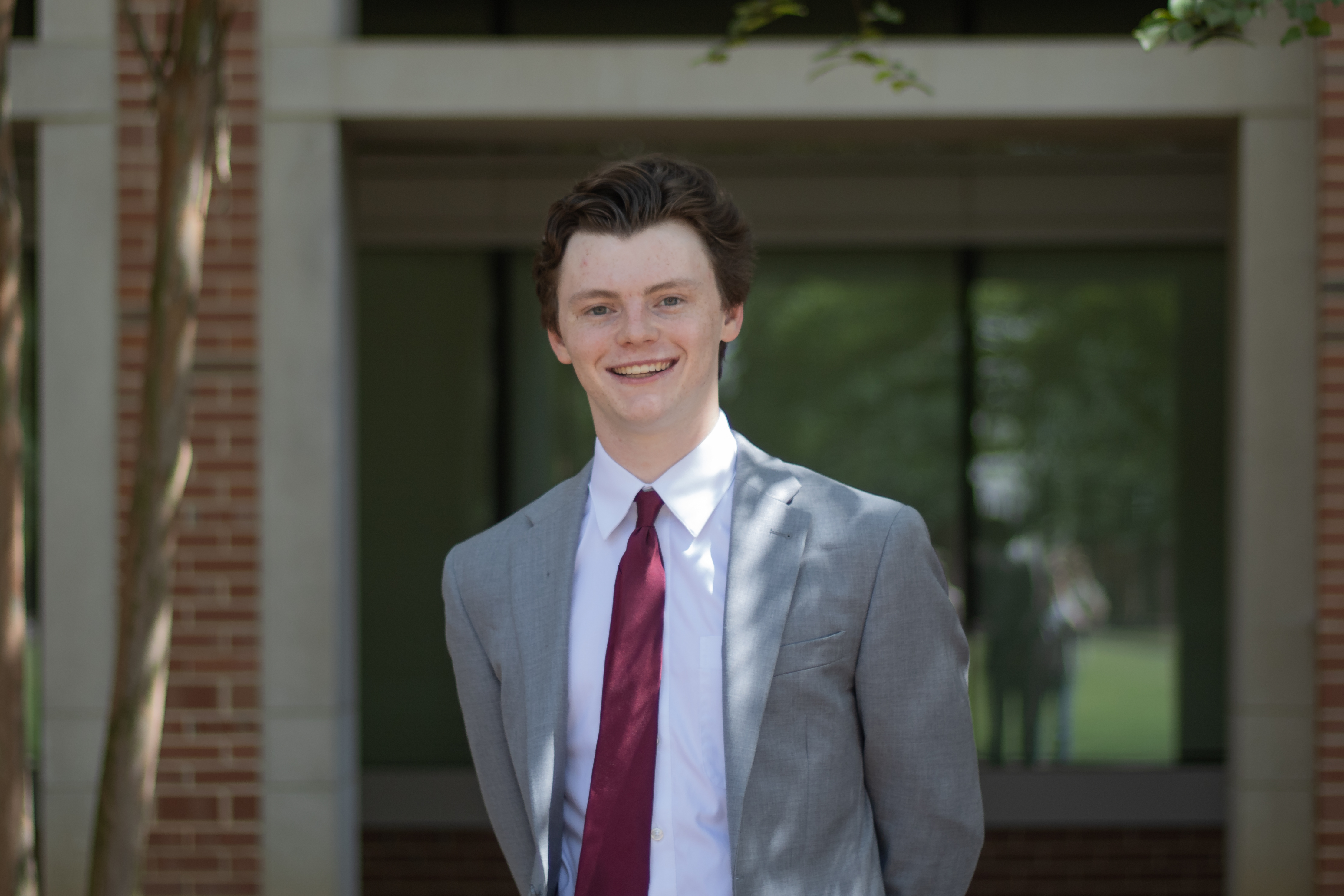Orthopedic and Rehabilitation Engineering
(G-280) Virtual Reality to Investigate Interconnectedness of Hand and Arm Motor Control

Alexander Sprague (he/him/his)
Research Assistant
Joint Department of Biomedical Engineering at the University of North Carolina at Chapel Hill and North Carolina State University
Raleigh, North Carolina, United States
Derek G. Kamper
Associate Professor
Joint Department of Biomedical Engineering at the University of North Carolina at Chapel Hill and North Carolina State University, United States
Presenting Author(s)
Primary Investigator(s)
Loss of upper limb and hand function after stroke is a prevalent issue that significantly hinders daily activities of stroke survivors. Virtual reality environments afford a means of facilitating upper extremity therapy. Physical and/or occupational therapy consisting of repetitive practice are typically prescribed in an effort to regain some hand function. Virtual reality (VR) environments afford a unique means of facilitating upper extremity rehabilitation by providing key advantages to create rehabilitative exercises and easy methods of recording data. Furthermore, it can be used for for evaluation and assessment of common motions. Despite the importance of these movements, their control remains poorly understood. Specifically, the extent of interconnectedness between the motor control of the hand and the arm is a matter of debate. Knowledge of the level of independence between arm and hand motor control would inform clinical practice for whether to treat the hand and arm independently or as a coupled unit during therapy for stroke survivors.
This study aimed to (1) develop VR platform for rehabilitative exercises and (2) use VR investigate the interconnectedness of motor control of the hand and arm by perturbing each the hand and the arm independently and examining the effects of kinematic variables. It hypothesized that hand perturbations would significantly affect arm kinematics, and that arm perturbations would significantly affect hand kinematics. This would indicate strong interconnectedness between the motor control of the hand and the arm as adaptation for one would lead to unnecessary adaptation by the other.
Materials and Methods::
A VR environment was created in Unity3D for patients to perform rehabilitative exercises. The platform allowed for convenient tracking of data and the development of highly controlled environments. An interface between wireless MbientLab inertial measurement units (IMUs) and a Unity3D VR program was created. Wireless IMU sensors were attached to the fingertip of the middle finger and the dorsum hand. The IMUs sent quaternion values to Unity3D via a Raspberry Pi to control the posture of an avatar hand. Hand position in 3D space was measured with an Xbox Kinect sensor. The combined systems resulted in an IMU-VR interface which allowed the user’s hand motions to be transmitted in real-time to drive the posture avatar hand and recorded for analysis.
This IMU-VR system was then used to investigate the interconnectedness of hand and arm motor control. Subjects completed an experimental task in which they grasped a virtual ball, carried it back to a target box, and then released it. Perturbations designed to affect hand or arm motor control were introduced on randomly selected trials during the return component, while the user was grasping the ball and carrying it to the target box. To perturb the hand, the ball size instantly grew. To perturb the arm, the location of the target box changed. The user’s hand aperture and position were recorded through time. Data were digitally filtered using a low-pass Butterworth filter. The time elapsed during the return component (return time) and the length of the return component path (path length).
Results, Conclusions, and Discussions::
A total of 6 adults (2 males, 4 females) aged from 21 to 22 years old participated in the study. Each subject completed the entire experimental session consisting of 200 rounds; each round consisted of reaching out, picking up the virtual ball, returning it to the target box, and releasing it. A total of 10 randomly selected rounds had hand perturbations, and 10 randomly selected rounds had arm perturbations. The other 180 rounds were control rounds. Paired t-tests were conducted to return time, path length, and hand aperture during control and perturbation trials.
These tests showed that the hand perturbation did not have a significant effect on the arm kinematics, measured by path length or return time, and arm perturbation did not have a significant effect on hand kinematics, measured by aperture. This suggested that motor control of the hand and arm are controlled independently by neurotypical subjects during this grasp-transport-release task. These results can be used to guide clinical rehabilitative strategies to treat the hand and arm as neuromuscularly separate units and provide a baseline dataset against which the performance of stroke survivors can be compared.
Acknowledgements (Optional): : Dr. Derek Kamper for his continued mentorship, guidance, and tenacity. Dr. Mohammad Ghassemi for his invaluable help developing the IMU-VR interface and the Unity program. Dr. Karen Chen and Dr. Michael Lewek for their willingness to give time and feedback as thesis committee members. The Hand Rehabilitation Lab for funding this study. The NCSU Office of Undergraduate Research for providing grant money to purchase the MbientLab IMUs. The Joint Department of Biomedical Engineering at UNC-CH and NCSU for facilitating this research and the senior honors thesis program with which it is associated .
References (Optional): :
